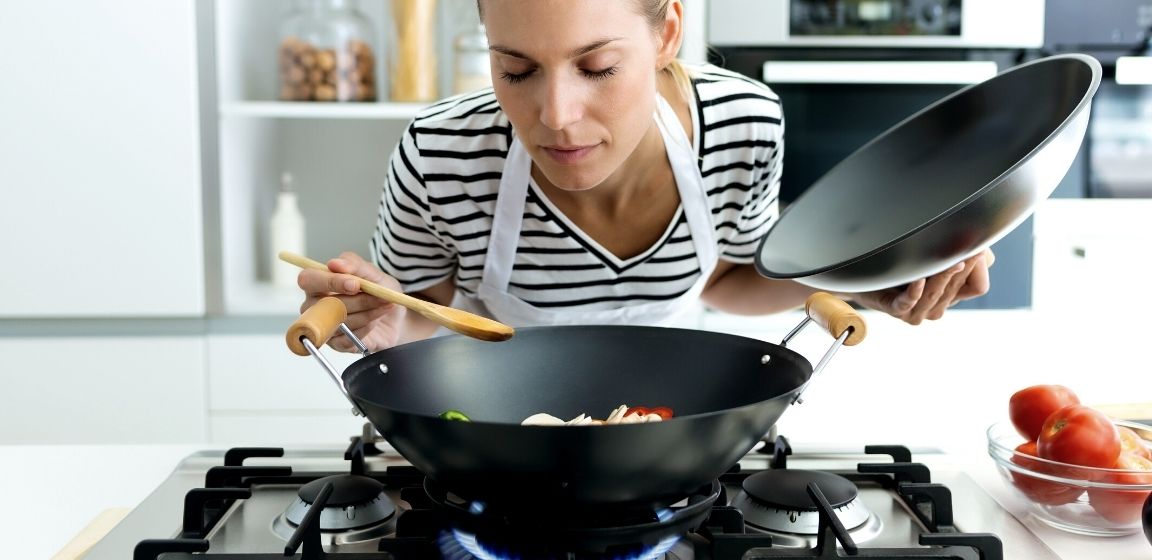[su_note note_color=”#ffe3e6″]This post contains affiliate links. Affiliate disclosure: As an Amazon Associate, we may earn commissions from qualifying purchases from Amazon.com and other Amazon websites.[/su_note]
Cooking is a complex art that requires a lot of love and patience. One thing that puts a lot of pressure on home cooks is understanding how heat balances in dish. How to make food spicy without changing the flavor is a question we have all asked or heard before. With so many types of spices, approaching the correct choice for a given dish can be very intimidating. Too much heat will make a dish taste strange or too hot to eat, while too little heat will be bland.
Ladle of Contents
Explore Pepper Possibilities
Adding black pepper to a dish is the typical way of upping heat, but it can get boring quickly. Plus, black pepper isn’t all that spicy. By the time you add enough to make a difference, the food will likely be blackened with the stuff. Instead, investigate different varieties of peppercorns. Pink peppercorn, for instance, adds colors as well as a dash of heat, plus a subtle fruity undertone that adds depth. Different peppercorns are safe to play with, as they all have an inoffensive degree of heat and mild, complementary flavors that won’t clash.
Try Some Low-Key Heat Options
Aside from peppercorn, there’s a lot of spicy plants that won’t affect flavor much. Adding cress or rocket to greens, for instance, is a good way to add heat without adding competing flavors. There’s also a variety of peppers with a variety of heat levels and more subtle flavors. Red or green chiles have quite a bit of heat. With just a dash of chile, the earthy flavor will be buried, and the heat will easily come through. Jalapeño, poblano, and Anaheim are a few pepper options with mild flavor and mild heat.
Avoid Strong Spices
How to make food spicy without changing the flavor can be tricky for anyone unfamiliar with the more extreme heat options. If you’re looking for subtle support or just a touch of heat, there are a couple spices you’ll want to pass up on. Even just a dash of scorpion, habanero, or ghost peppers can make a dish beyond unpleasantly hot, even for spice enthusiasts. Double-check where on the Scoville scale your pepper falls before adding it.
Additionally, certain ingredients can sharply alter flavor. Mustard powder has a unique degree of heat that’s quite delicious—but it also has that tangy mustard flavor, which can be difficult to pair. Chipotle pepper is another great spice with its own amazing flavor. It has a special smoky quality that can be a great supplement or alternative to liquid smoke; plus, it adds a sharp and fun amount of heat.



